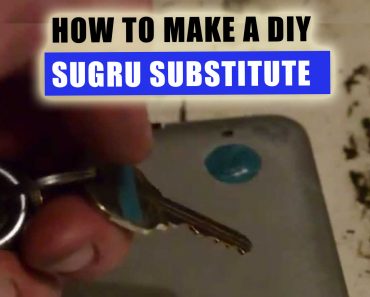Apple products have an almost cult-like following – and in most cases the quality control is deserving of admiration. However there is one area that apple gets wrong. The power cords fail on a regular basis, cost nearly $100 each, and apple holds a patent on them and zealously guards it so when the […]
Category: How To (How I Did)
You could call this a How To – but people often tell me I did it wrong – now to be fair you can’t really tell me I can’t do it that way, when the video shows I actually DID do it that way – so to cool down the hateraide – lets just call this HOW I DID
How to Make a DIY Sugru Substitute
Sugru is a DIYer’s dream – it is a simple and relatively inexpensive material that can be molded into almost any shape. If you have never played with it you can buy 8 packs for $22.00 It is no wonder that something so useful and simple has lots of people hacking it, so I […]
How to Make Tool Markings Stand Out
As I get older and the room gets darker I find it harder and harder to read the sizes on things. This is worse on things like wrenches, sockets, drill bits, and taps. I find that tool marking with paint makes it much easier to see. I have always wanted to know how to […]
How to Remove Tire Sidewalls for Building and Crafts
This can turn into a crazy passion. When researching this I saw many websites where people started making tire planters, and now own websites that sell tire art. I saw people making tire swings, recliners, rope horses, dragons, alligators, flowers, “Mexican clay pots” and even houses… After I built my first 4 planters I […]





